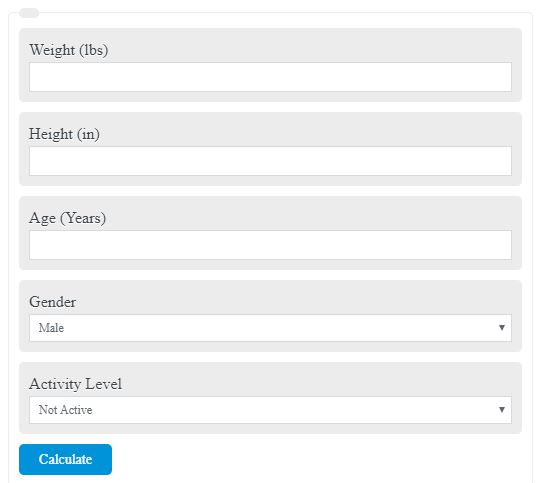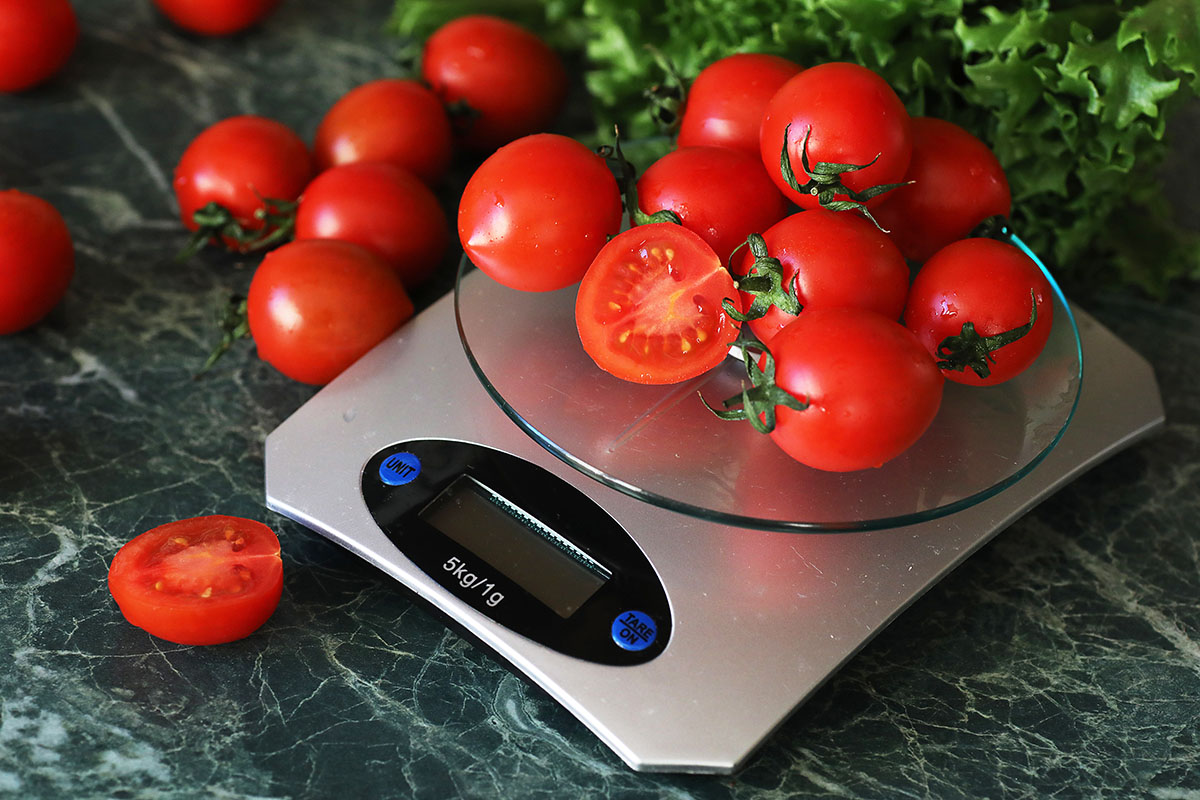
Protein, which has 4 calories per gram.Three types of macronutrients are tracked in IIFYM: Macronutrients, or macros, are the four types of food molecules the body can break down for energy. IIFYM is a new spin on dieting that focuses on macronutrients rather than calories. If weight loss is a factor, then aim for the lower end of the figures.The IIFYM diet was originally designed by fitness enthusiast Anthony Collova after he became frustrated with traditional dieting recommendations. The summary of these recommendations from the IOC can be found on the table below.


Generally, you will need to consume around 3-5g per kg of (target bodyweight per day for lighter activity and potentially up to 10-12 for extreme programming.

Ultra-endurance maybe the exception which utilises fat as its primary fuel source, however, beyond being used as just as a fuel, adequate carbohydrates is important for recovery and can help spare muscle mass. If you're an endurance athlete, my advice is to swap steps 6 and 7 around as it is more important to get match your carbohydrates with the training you are doing.Ĭarbohydrates are the preferred fuel for endurance performance, however the amount you require for each session will be dependent on its duration, intensity and type of session.
#BEST MACRO CALCULATOR BASED ON CALIORES HOW TO#
This can be an incredibly powerful tool for fuelling training and race.įuelling The Functional Athlete also goes into more detail about how to build your diet for a Hybrid or Hyrox athlete. Generally, you will need to consume around around 4-5g per kg of (target bodyweight) per day.This can increase to 6-7g.kg.bw per day for 2-3 sessions per day of hard programming.įor more accurate fuelling strategies, using VO2Max testing, we are able to calculate how many carbohydrates you need during different intensities. We can also look at manipulating your carbohydrate intake for fat loss and metabolic adaptation but this goes beyond the realms of this page. Likewise if you're training twice your carbohydrate needs will be increased. More intense and longer duration workouts require more carbs. The intensity and duration of your training should dictate your carbohydrate intake. Carbs should make up about 45-60% of total calories. If you're a Hyrox or Hybrid athlete, my advice is to swap steps 6 and 7 around as it is more important to get match your carbohydrates with the training you are doing.Īs the primary fuel source for both strength and endurance training, carbohydrates are essential for hybrid and Hyrox athletes. Carbohydrates: As the primary fuel source for both strength and endurance training, carbohydrates are essential for hybrid and Hyrox athletes. If your goal is performance and your training is more carbohydrate dependant, use the endurance guidelines below to help adjust for your carbohydrate needs. Protein kcals = protein in grams × 4 (There are 4 kcals per g of protein)Ĭarbohydrate kcals = total daily kcals – fat kcals – protein kcalsĬarbohydrates in grams = carb kcals ÷ 4 (There are 4 kcals per g of carbohydrates) To do this, use the following conversions:įat kcals = fat in grams × 9 (There are 9 kcals per g of fat) If you goal is weight loss or your exercise sessions don't extend beyond 60mins, carbohydrate intake can be calculated by the kcals left over after working out your fat and protein needs.


 0 kommentar(er)
0 kommentar(er)
